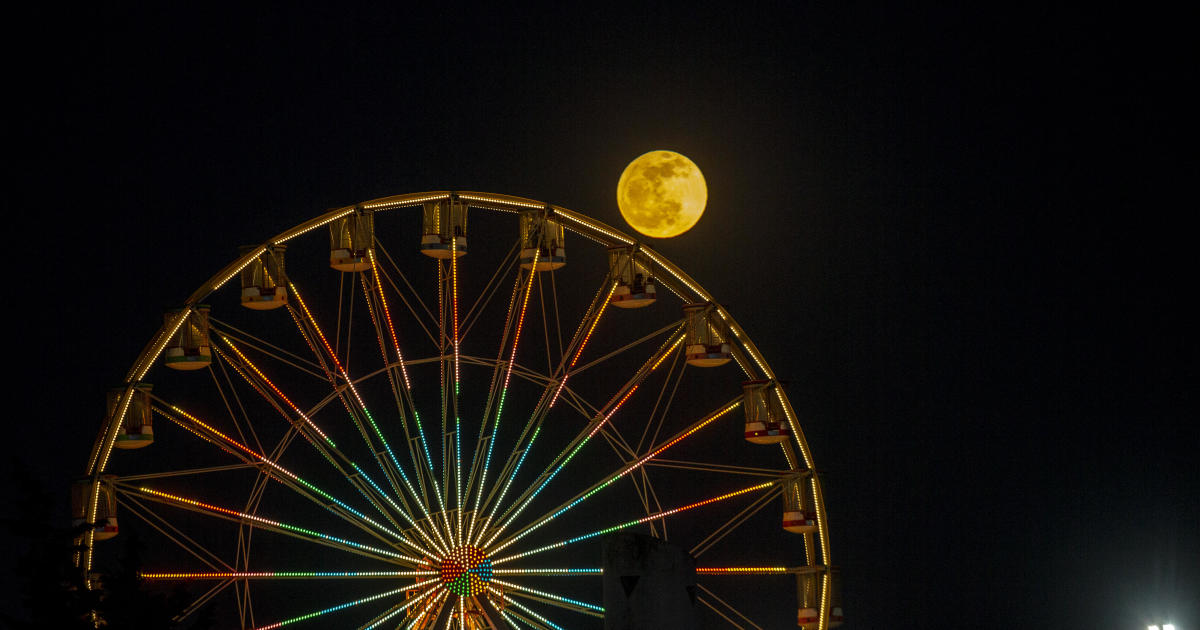

No response returned

Astronomy fans can look up and see the Flower Moon this month as May's full moon rises.
May's full moon will reach peak illumination on Thursday at 9:53 a.m. EDT, but it already appears full, according to . The Old Farmer's Almanac details specific for different ZIP codes across the U.S.
The moon will be below the horizon in the U.S. at the time of peak illumination, so the Farmer's Almanac suggests spectators check it out on Wednesday or Thursday night instead.
Full moon names often come from seasons, historical crops and the behavior of certain animals. The "Flower Moon" moniker is because of the flowers growing across North America this month, according to The Old Farmer's Almanac.
May's full moon goes by several other names, too, including Budding Moon, Leaf Budding Moon and Planting Moon. It also has several names connected to animals, including Egg Laying Moon, Frog Moon and Moon of the Shedding Ponies.
NASA notes some also use the names Corn or Corn Planting Moon for May's full moon. The term Milk Moon has also historically been used to describe May's full moon.
June's full moon reaches peak illumination on June 21, just after summer kicks off on June 20. The full moon in June is known as the Strawberry Moon.
Those astronomy fans hoping for another meteor shower or eclipse will have to wait. The meteor shower won't peak until August. Come Oct. 2, an will be visible in parts of South America with a partial eclipse visible in parts of South America, Antarctica, Pacific Ocean, Atlantic Ocean and North America.





